When I was a kid, I never really had smoked meat all that much. My parents cooked pretty bland food, really, with few seasonings and so the concept of adding a smoky flavor was just a bit weird and foreign. So, like all kids, I announced I didn’t like it. Fast forward to college when a friend of a friend brought some smoked ribs he had made on his dad’s Big Green Egg. I finally tried it, and was absolutely blown away.
It took me a few years to get to the point where I was confident enough to smoke my own meats, and in that time I’ve made a lot of mistakes. One of the hardest things for me was figuring out how long to smoke my meats. So, naturally, I turned to the internet and found lots of handy resources and charts like this one.
And, while those charts are great starting points, they are really only guidelines. Not every cut of meat is identical and there will be factors that will necessarily lengthen or shorten your smoking time. It took me forever to figure that out, so I’m going to try and make it easier on you. So, here are six things that will alter how long you need to smoke:
- Type of smoker – An electric smoker is going to work differently than your Kamado, so when looking at charts, keep that in mind.
- Weather – Obviously if it’s snowing outside it is going to take a little bit longer than if it’s sunny and 80. Do I even need to say that?
- Kamado insulation – Are your gaskets working properly? Is it holding in the heat the way it should be? Always be sure to check before smoking anything as it can make a difference in time, and even make temperatures more difficult to control.
- Humidity in the smoker – If there’s a high level of humidity in the smoker, it can slow down the cooking time.
- Whether the meat has bones in or not – bone-in meat is going to take less time than deboned meat, generally, as the meat isn’t as thick.
- Thickness and diameter of the meat – The thicker the meat, the longer it will need.
- How much fat and connective tissue are present – If you don’t trim all of the meat off, it may cause the heat to stall as it melts. This is pretty normal, but it can greatly change the amount of time needed.
Of course, there’s probably way more to it than that but those are the biggest things. I’ve found that, generally speaking, it’s best to go more by the temperature than a specific time, although that can get complicated if you’re wanting to serve food at a specific time.
Just remember: you can’t rush a good BBQ. When it’s done, it’s done.
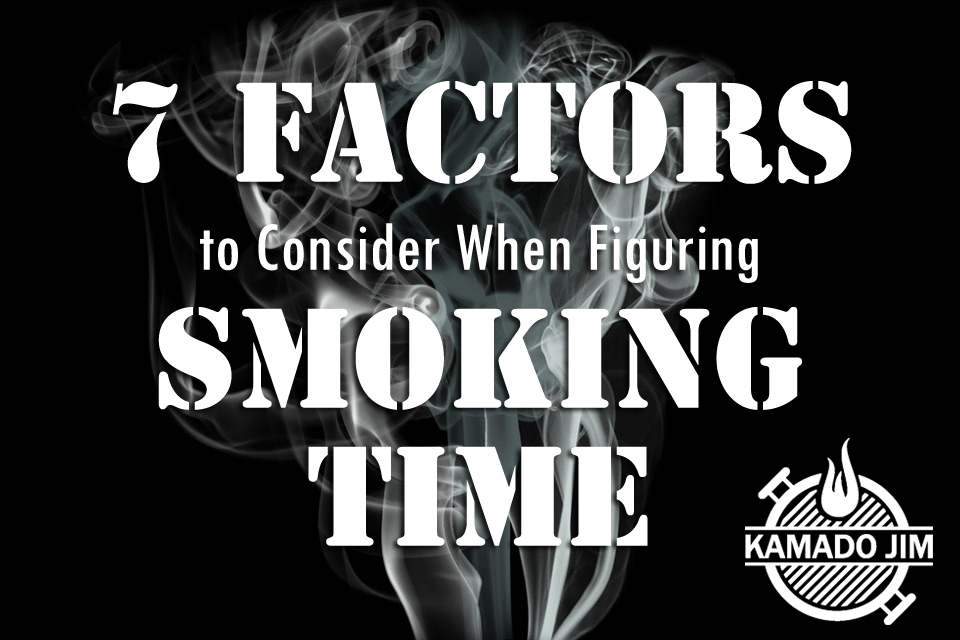
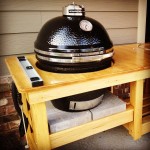
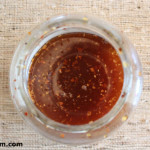
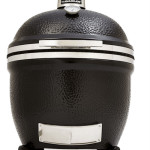
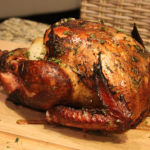

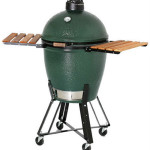
Leave a Reply